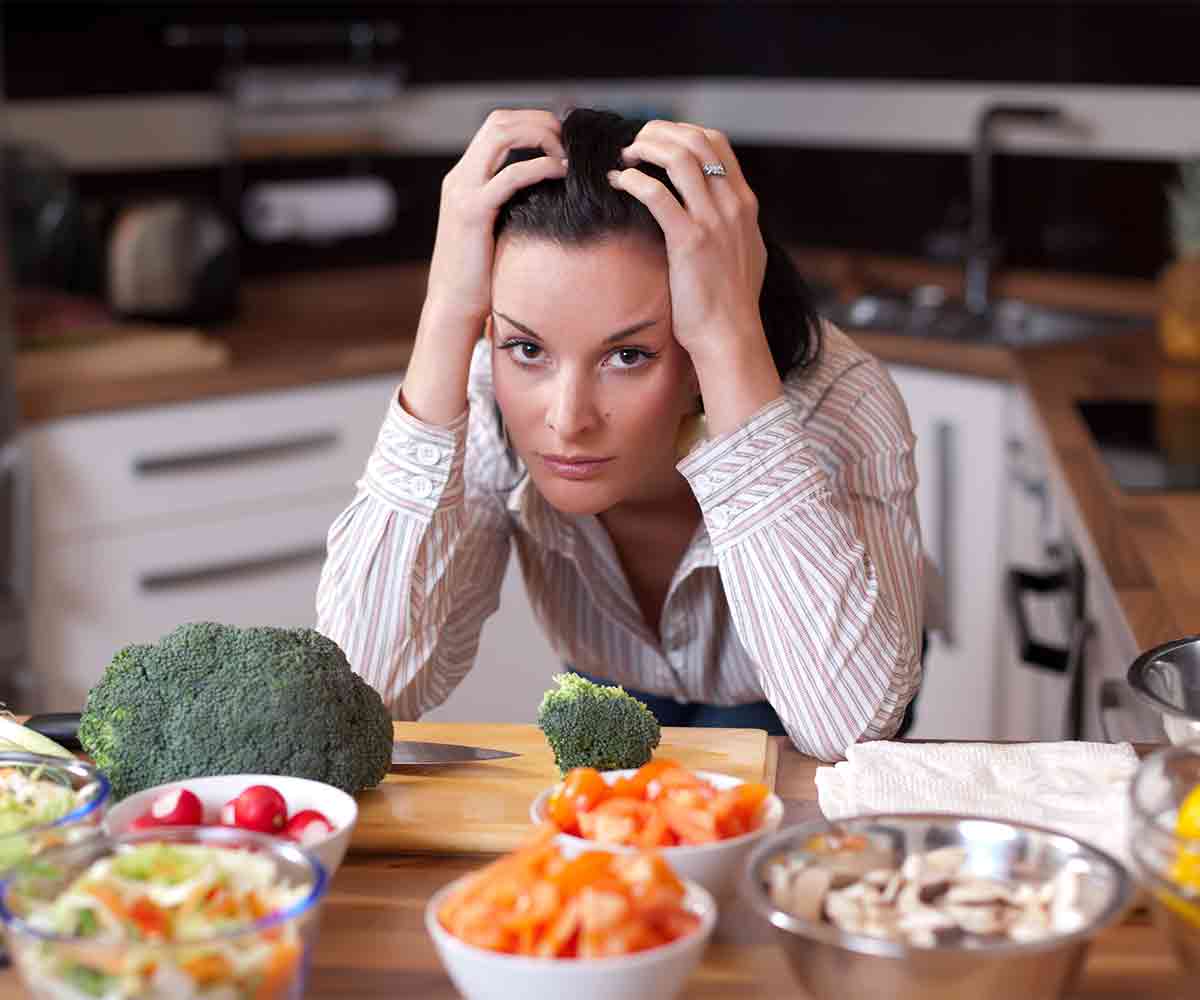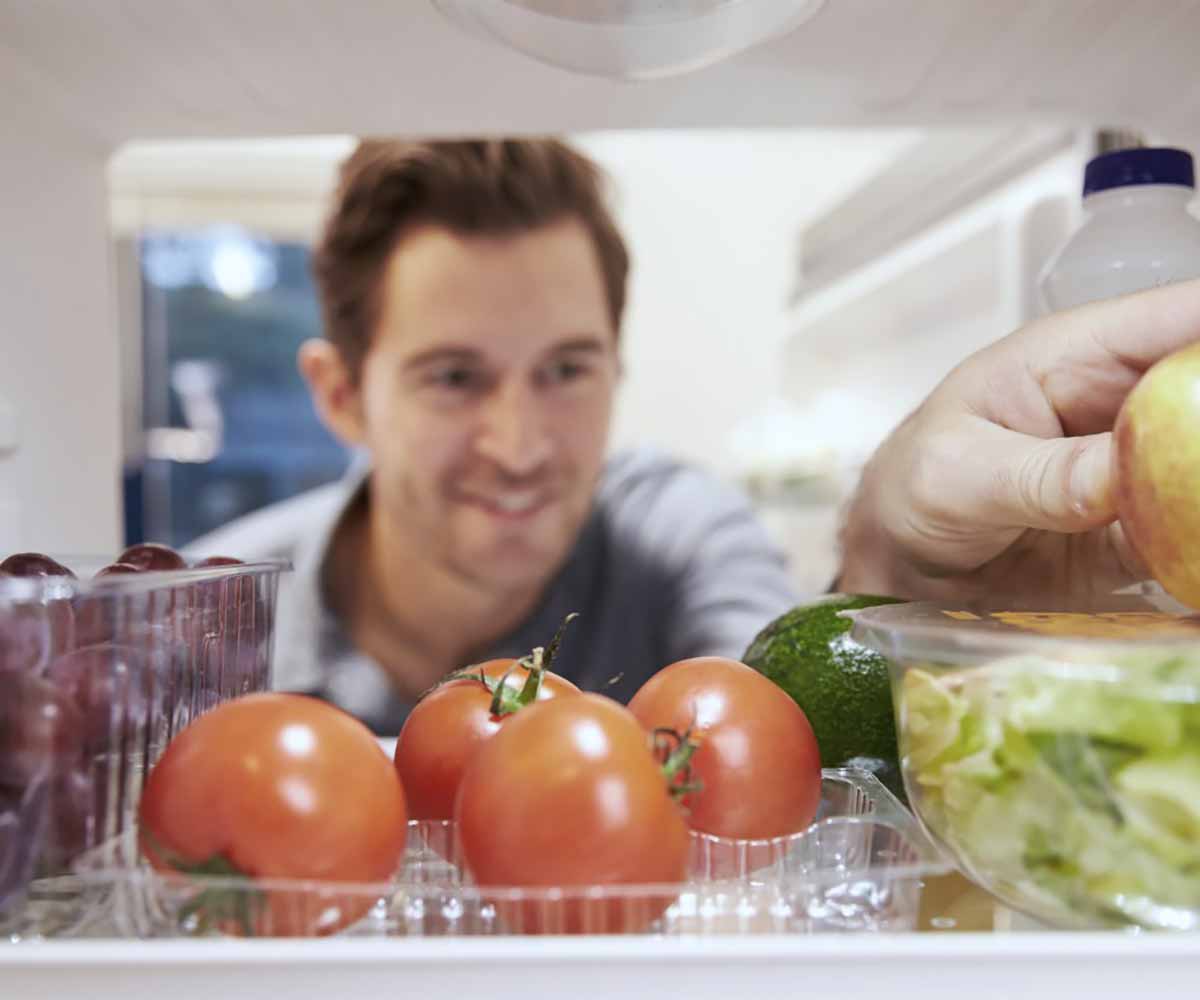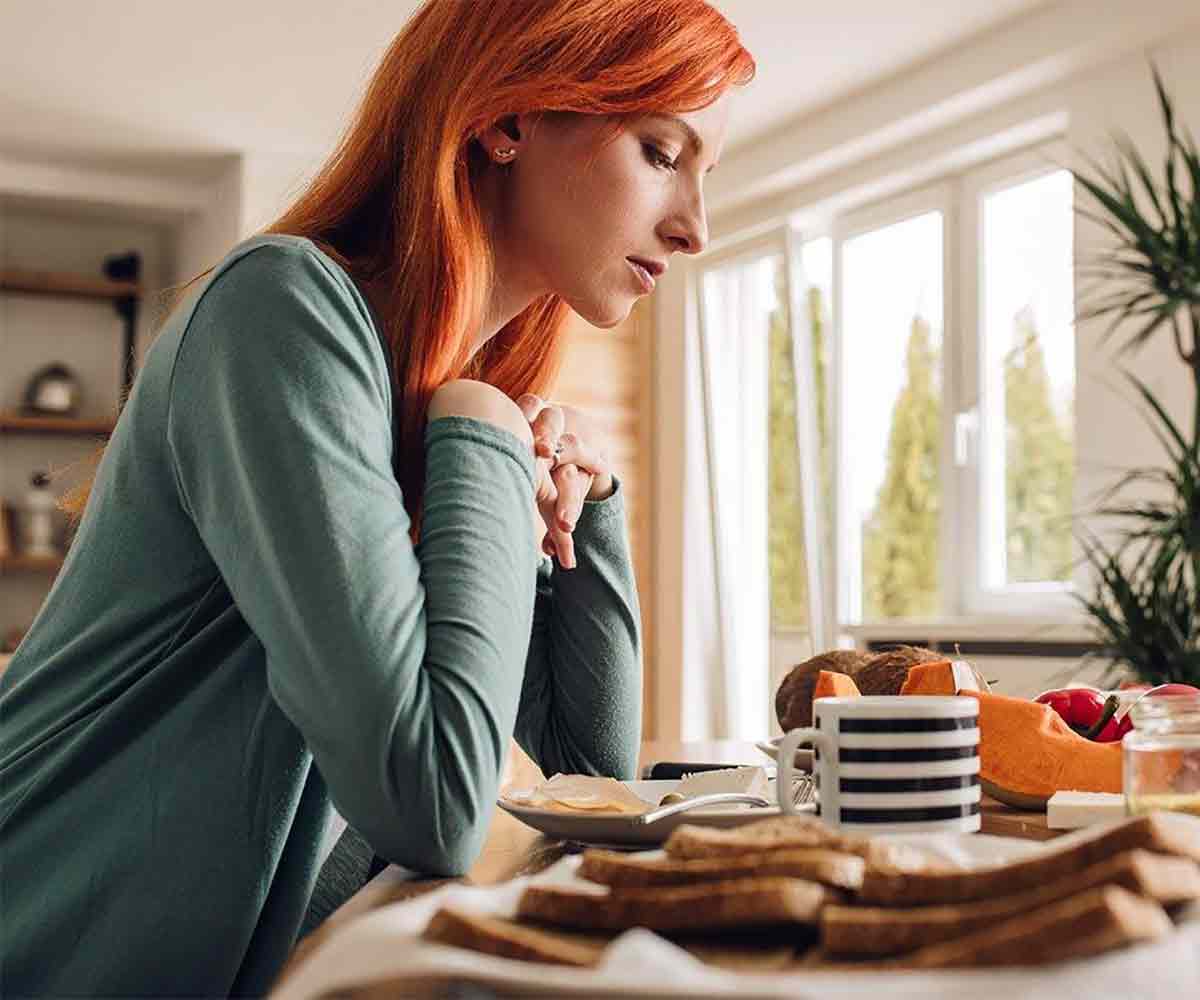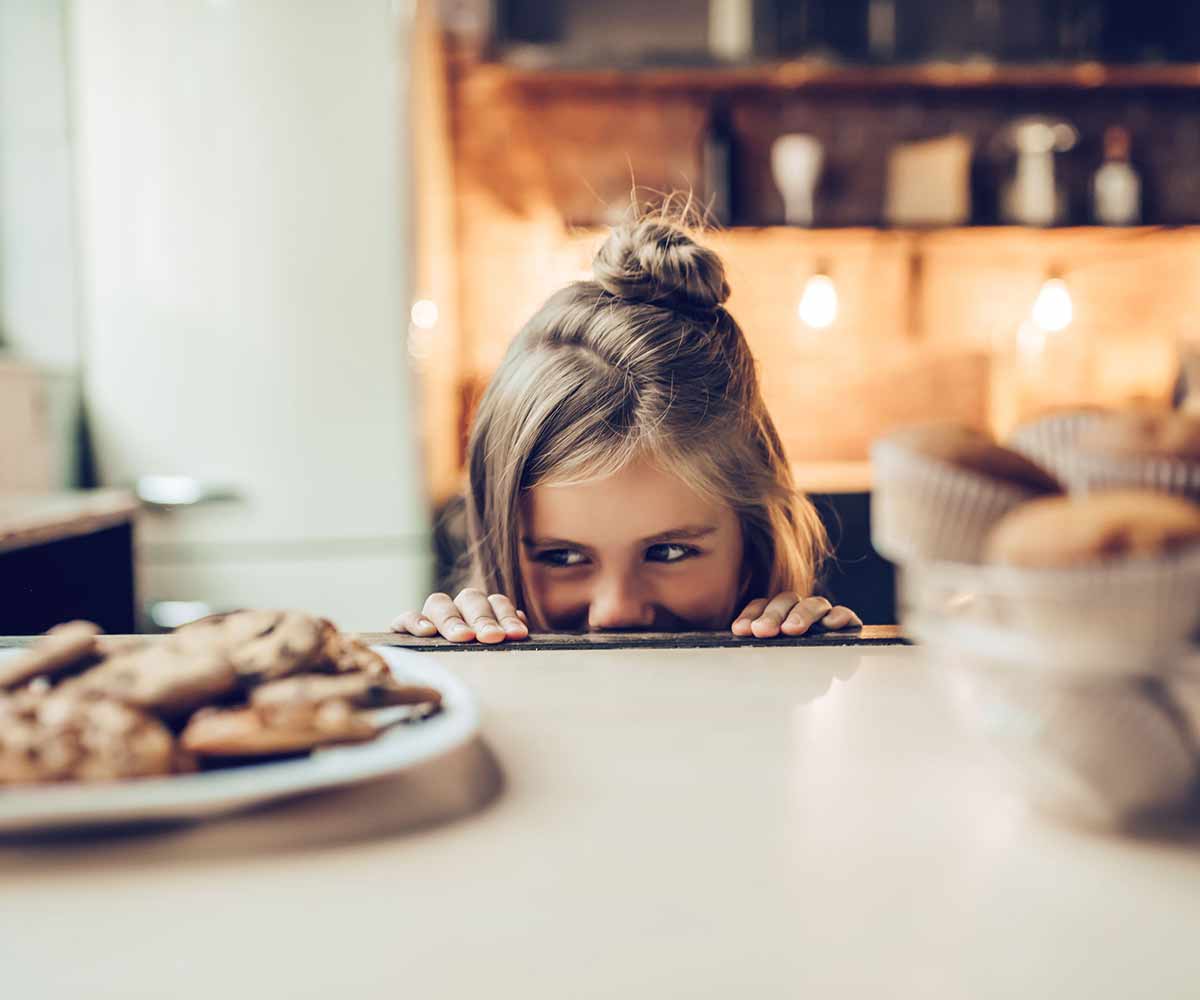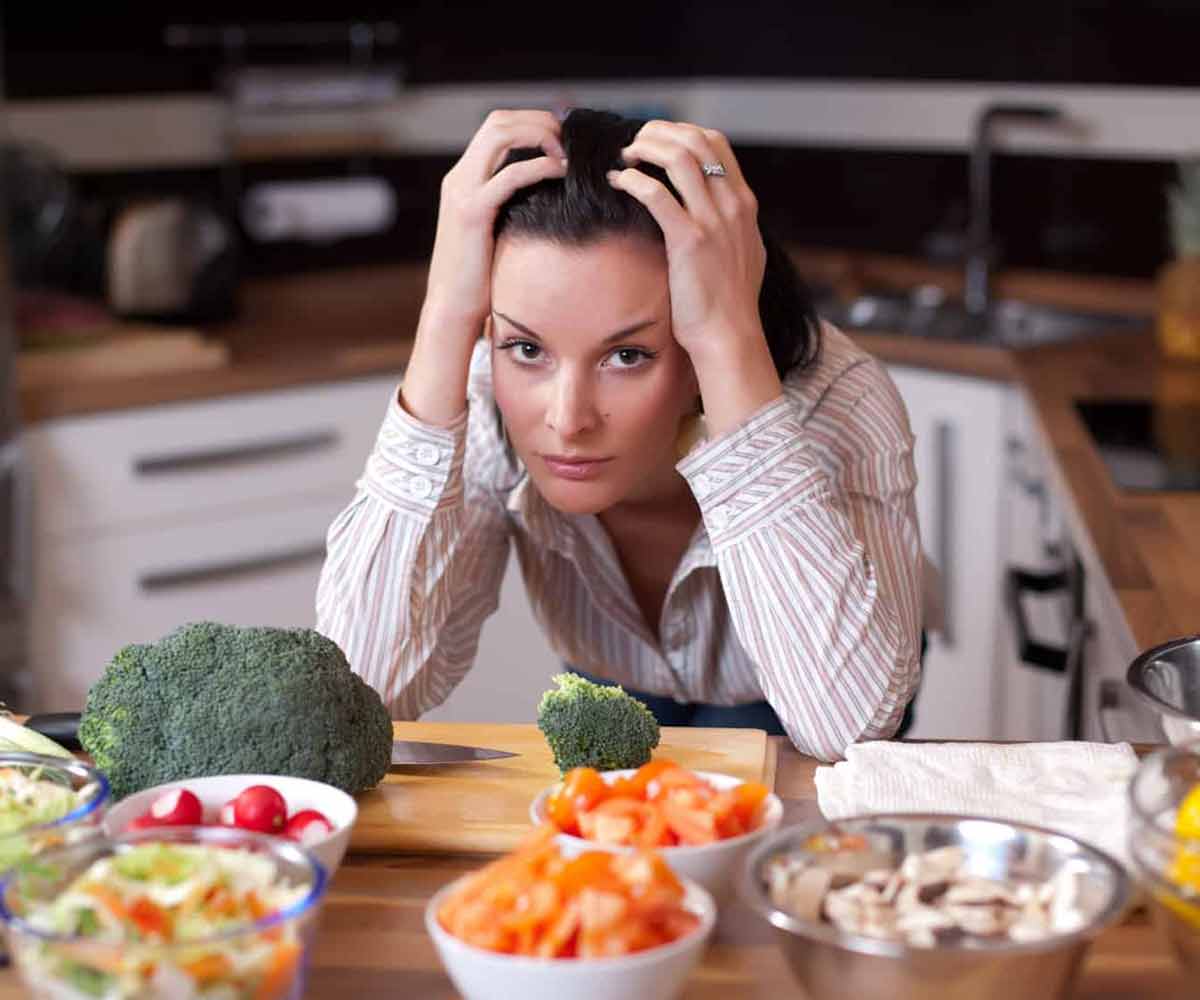In this series of articles, we have seen that our brain makes constant trade-offs between rewards and pain. It also trades off one reward and against another and old reward pathways against new ones. You have more power over these trade-offs when you understand them. Food trade-offs and choices can help you recognize your thought habits because the rewards are tangible instead of being abstract. Food seeking interrupts negative thought patterns, and that’s a valuable tool in some situations. But if you rely on this tool too often, you do yourself harm. You must keep assessing the trade-offs to get what you want.
Serotonin, Endorphin and Food Anxiety: Part Four
Loretta Graziano Breuning, PhD, shares how food holds value and produces serotonin and endorphins in your brain. Children sometimes fight over food the way monkeys do. By the time we reach adulthood, we learn to restrain that impulse, but the longing for power doesn’t stop when you stop grabbing other people’s bananas. We look for ways to stimulate that one-up feeling, and food often gets involved. Your mammal brain finds ways to be special and fill your belly at the same time.
Oxytocin and Food Anxiety: Part Three
Whatever triggered your oxytocin in youth built a pathway that turns it on today. Food anxiety is usually linked to that circuit because it’s linked to your early social experience. If you enjoyed social trust around a table in youth, that will activate your sense of safety today. If your table was full of conflict, you have some different associations. Most of us have a combination of positive and negative associations for shared meals, which is why food can evoke social pain and the joy of belonging at the same time.
Dopamine and Food Anxiety: Part Two
The joy of food is one of your first experiences in life. A newborn baby enjoys a surge of dopamine when it first tastes milk. The baby doesn’t know what milk is, or what nutritional needs are, but the brain releases dopamine when milk relieves low blood sugar. That builds a pathway that says, “This is the way to feel good! Get me more of this!” But a baby doesn’t know how to get it. The next time it is hungry, it surges with cortisol and crying is its only way to “do something.” Then it hears a sound. Suddenly, its dopamine is triggered because that sound was heard during a prior dopamine release. So, at one day of age, a brain is already drawing on past experience to feel good.
Eating Sensibly with Joy and Not Fear: Food and Anxiety-Part One
A nap would give you a boost, but that seems impossible. A call from the lover who dumped you last year would give you a boost, but that seems impossible. A brownie is possible. Hunger was a huge threat for most of human history. Our brain is good at looking for food because that relieves the threat. When you are anxious, you may find yourself looking for food. Then you may get anxious about what you eat. This thought loop can ensnare you. One minute you’re longing for something to nibble on, and the next minute you’re fearing the consequences. The information that follows helps you escape that loop of food, fear, and anxiety.

